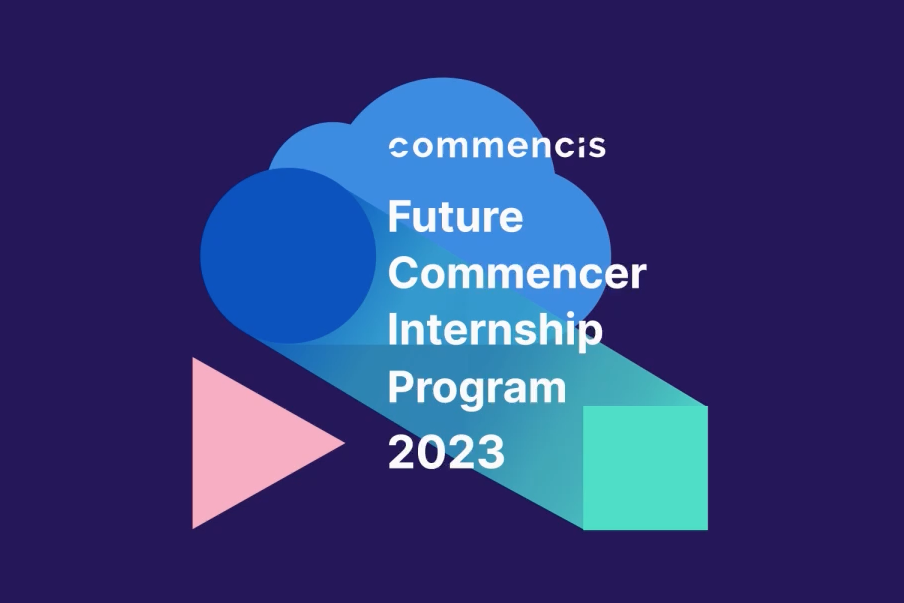NFTs and Blockchain are here to revolutionize industry as we know it
NFTs and Blockchain are here to revolutionize industry as we know it
Technology moves quicker than we’re ready to a lot of the time. Recently, NFTs have led to a wave of breathless headlines that have made layman journalists’ heads spin:








NFTs in the news tends to be seen as a bubble, as some crazy thing that only rich people understand, or a “fad.” In fact, it’s a new digital asset that is here to stay. And while right now it’s most popular in the art world, its usefulness extends to every industry.
So what are NFTs?
NFT stands for Non-fungible Token. “Fungible” means any good that’s interchangeable, where each instance of that good is identical to the next. Corn, grain, cement, etc. are all fungible assets. So NFTs by definition refer to unique assets.
The tech part comes in how these assets’ uniqueness is protected – by using a technology called blockchain. Blockchain is a decentralized way to keep a publicly available record of an asset that shows who the author is and who has owned it. Because transaction histories are publicly available, it’s just about impossible to falsify ownership data as hundreds of thousands of eyes can follow along.
By including blockchain technology into these digital assets, NFTs have become immensely popular across the art world, to the extent that they are sometimes seen as a bubble.
This underpinning of blockchain technology and the way it’s transparent, secure and accessible is what really makes it certain that it will be here to stay. These qualities of transparency are perfect for NFTs because it cuts out any need for a middleman, for a secure broker of art. It connects buyer and seller in the most secure, transparent way possible.
Platforms like OpenSea, Nifty Gateway, and Decentraland (platforms whose foundations were laid in Ethereum in 2017) function as the sites where NFTs may be purchased and exhibited. Some are purchased directly while others are auctioned off. After a purchase is made, the NFT can be transferred from a seller’s wallet to the buyer’s.
Digital artwork traded on these platforms can sell for large sums of money. Many onlookers balk at the notion that an artwork that ANYONE can simply see online will be worth millions to someone who “owns” it. But this is the nature of art, anyone can put up a picture of the Mona Lisa in their own house, but only the Louvre has the original, as confirmed by experts.
NFTs are a way to confirm the true original, without the need for experts. So for instance Injective Protocol sold the print “Morons”, which had been burnt up in a livestream video, by the street artist Banksy, for $380,000. Essentially any digital artifact, asset or activity on the internet can become an NFT eligible for transaction.
Ok cool, so an online artwork is selling for a fortune. What does that mean for my business?
But it’s this same feature of a lack of a middle-man that makes NFTs – and blockchain – so appealing for any industry. Digital marketing is one such field. Given that blockchain NFTs and blockchain can be used, in theory, for just about any type of transaction, the potential uses of this new technology are just about limitless. But here are 3 critical uses that your company can start with right now to get ahead of the game as this technology takes off and takes over.
1. The Way NFTs Help Loyalty Programs
NFTs, because they’re digital in nature to begins with, have the ability to go viral in ways beyond regular marketing campaigns. Traditional campaigns rely on becoming popular to make news and become viral that way. But NFTs can be encoded using age, demographics, spending habits, and general consumer preferences to then turn into personalized gifts, vouchers, or VIP program access.
An example of a company that hit on this idea early is Taco Bell. They sold taco-themed GIFs and images as NFTs, with proceeds going to their own scholarship fund through the Taco Bell Foundation. They sold out of tokens in 25 minutes and their post was one of the most watched and liked posts they had all year.
2. The Way NFTs Change How to Monetize Data
In the modern world as we know it, data is accumulated by companies for the benefit of big companies, often without consumers fully realizing the extent of what’s happening. But NFTs and blockchain put the power back in the hands of consumers in a world where every consumer can own their own digital profile with full control over their digital assets and personal data. Consumers can literally put a price on their own data and sell it securely rather than the status quo.
One newcomer trying to take advantage of this is the brave browser, which lets users opt into ads in exchange for tokens for each ad they interact with. This is directly placing a value on the online attention users give as opposed to ad space on a website, letting consumers control the value their data really has.
Customer Data platforms like Dataroid are in prime position to take advantage of this new form of transaction of data and ensure that customers (and companies too) are getting the value that their data deserves. As the ubiquity of NFTs and blockchain technology increases, platforms like Dataroid that are accustomed to dealing with large amounts of data and compiling them into a digital product experience will be poised to enter the new world better prepared than many other competitors.
3. NFTs are themselves marketing tools
But releasing NFTs are themselves ways to drive both attention and profits to a brand. The NBA is perhaps the best example of this at the moment, where Top Shot highlights have sold for over $230 million and counting.
But releasing NFTs are themselves ways to drive both attention and profits to a brand. The NBA is perhaps the best example of this at the moment, where Top Shot highlights have sold for over $230 million and counting.
Again, the benefit of NFTs and blockchain is that they cut out the middle man, so with both of these examples the consumer and the company are interacting directly with money going directly between the two of them in a secure, transparent fashion that is mutually beneficial.
Blockchain and NFT Trends to Look Out For in 2021 and Beyond
Blockchain and NFTs are new technologies, and many industries are famously slow to move with the times. A TechRepublic study found that 70% of professionals had never used blockchain despite most assuming it would affect their industry.
All this means that it’s largely conjecture to speculate at what blockchain will be used for 10 years from now. We still can hazard a guess. We know that blockchain’s greatest advantages over traditional technologies lie in how secure and transparent it makes transactions. This implies that it will be used more and more in areas where security is at a premium. Companies like Dataroid rely on secure data for their business model, and blockchain represents a new way to ensure no tampering and secure, verifiable data.
Key Takeaways
We’re at the absolute beginning of a revolution in technology. Blockchain technology and NFTs are still in the early “fad” stage, the way the internet was at its outset in the 90s when its usefulness was questioned regularly in popular media. It’s unclear whether the popularity of NFTs for protecting digital artwork will remain as it’s been the past few months, or whether the blockchain technology that underpins cryptocurrency will explode into a global currency, or something else entirely. What is clear is that this technology allows us to do many things more easily, securely and transparently than was previously possible, and that will have lasting effects on every single industry. Just as the digital world is here to stay, the technologies that make the digital run more effectively are also here to stay, and blockchain technology and NFTs are a large part of how that will shape itself out in the years to come.
Reading Time: 5 minutes
Don’t miss out the latestCommencis Thoughts and News.







